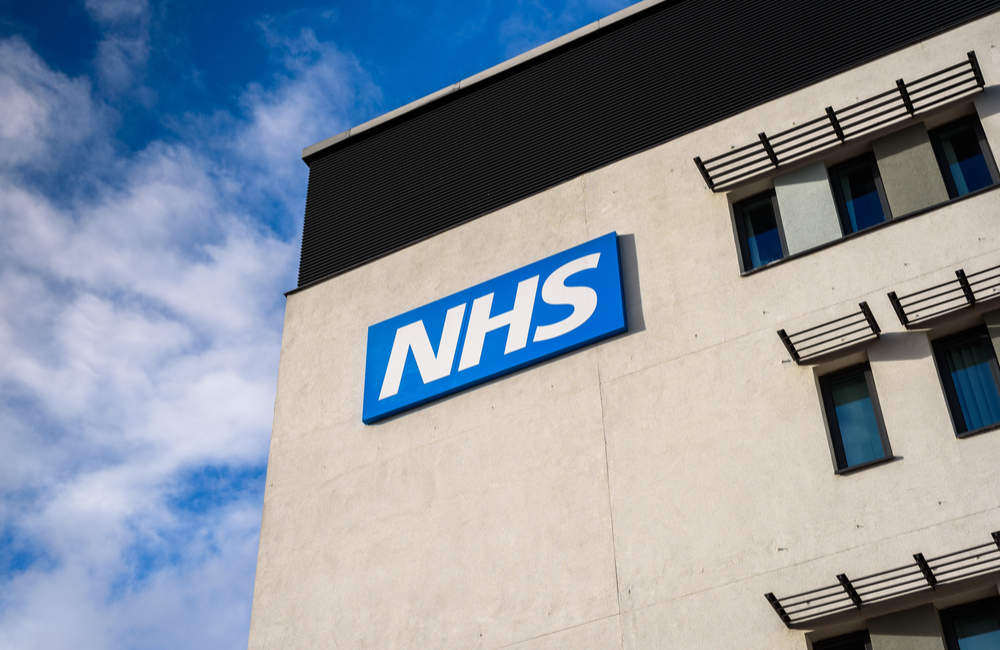
It has been one years since the first gender pay gap figures were published, women working in the public sector in England are paid even less than their male colleagues.
All organisation with more than 250 employees have to publish their gender pay gap data. This year the deadline for the public sector was March 31 whilst companies and charities have until April 4th. The median gap is the difference of hourly pay between the middle ranking woman and the middle ranking man.
The health service performance was particularly bad. This is despite a strong female workforce and the pay scales which were put in place more than 15 years ago to prevent pay inequality. Men who are working in the NHS trusts are paid 10% more than women in the same jobs. These figures show that female doctors in England typically earn £1,1666 less per month.
The Queen Victoria Hospital NHS foundation trust in West Sussex had the highest pay gap of almost 40% despite women making up more than half of the highest earners. A trust spokeswoman said the pay gap was due to 54 of their highest earning consultants are male compared with only 18 females.
David Pannell, chief executive of the Suffolk GP Federation, said the gap is due to the “relative lack of women doctors in senior positions within our organisation”.
Nic Hammarling, head of diversity at specialist diversity consultancy Pearn Kandola, said: “There is an issue with how female talent at the bottom of the organisation is being developed and progressed, but also female talent is often recruited in junior roles with limited promotion prospects.”
She added: “This means that promotion prospects are now huge leaps, and for those who are unsure about applying for promotion to start with, this can be very offputting. Secondly, the majority of those in the public sector who work some sort of flexible or part-time contract are women; there is often an assumption (held both by the organisation and its employees) that senior roles cannot be done on a flexible or part-time basis, again resulting in women being less likely to apply, or to be successful in their application, for promotion.
“Thirdly, these cuts mean that, especially in local authorities, the remaining managers will often be responsible for large groups of people. As a consequence, they have less time to spend developing each and every employee on an individual basis. It is all too easy under these circumstances for stereotypical assumptions about who is suitable for more senior roles to creep in, with men and full-time employees becoming even more likely to be considered for the better remunerated roles.”
Male GPs are paid on average 33% more than their female colleagues, it is revealed that family doctors earn nearly double the 17% gender pay gap that is currently existing across the NHS doctor workforce.
Just like the NHS, many councils, housing associations, police forces and charities have above average gender pay gaps. In local governments, 17 councils reported a pay gap of 20% in favour of men. In the police, the pay gap is in favour of men with nearly 19 showing pay gaps of 20%. In Durham, Lancashire and Leicestershire they have pay gaps of 31% or above this is in comparison to police on Cleveland and City of London where their pay gaps are as low as 0.4%.
Three quarters of companies will pay men more than they pay women – on average.